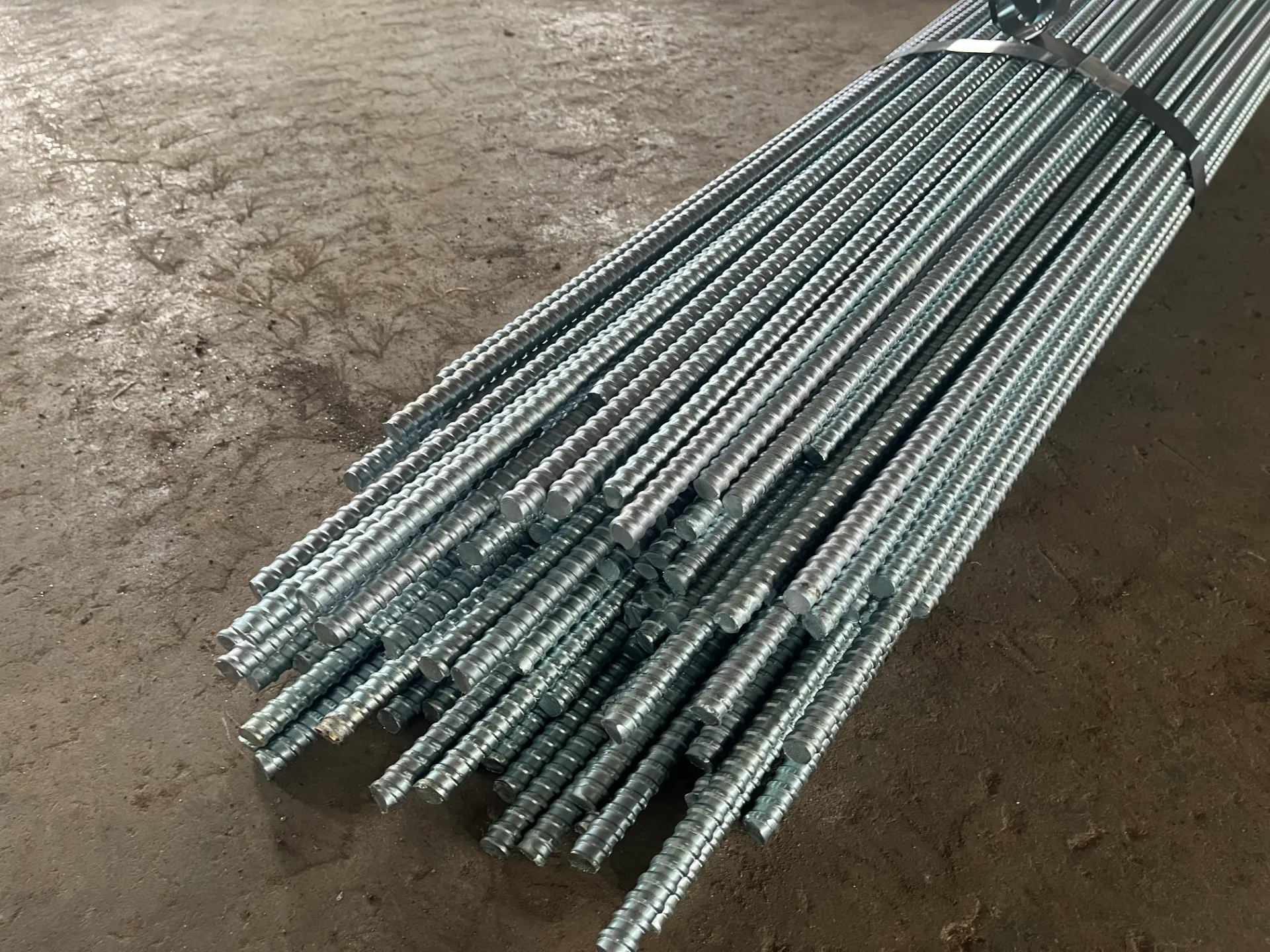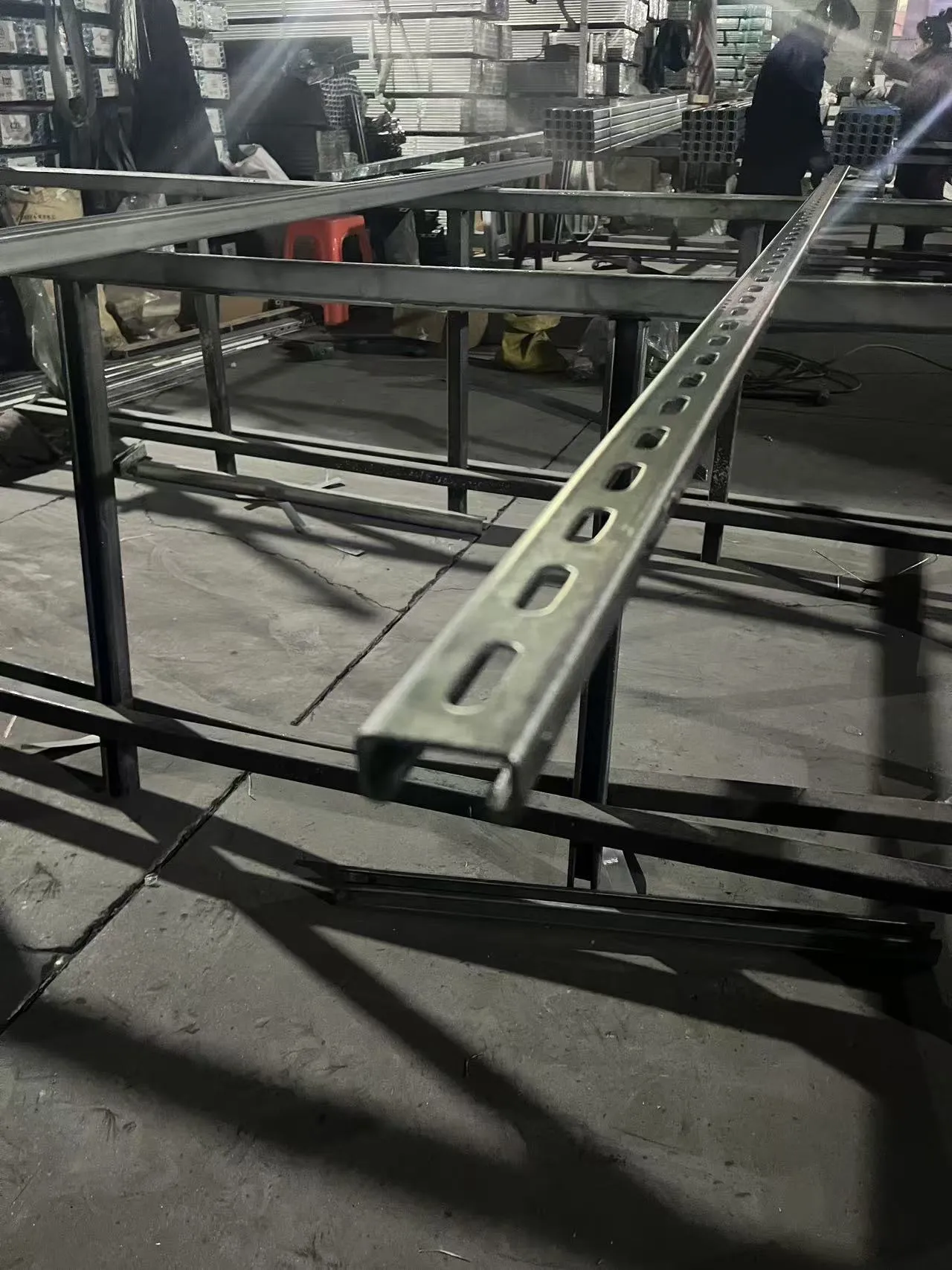- Phone: +86 132 8320 1810
- Email: annie@wrkgroup.ltd
-
- Afrikaans
- Albanian
- Amharic
- Arabic
- Armenian
- Azerbaijani
- Basque
- Belarusian
- Bengali
- Bosnian
- Bulgarian
- Catalan
- Cebuano
- China
- China (Taiwan)
- Corsican
- Croatian
- Czech
- Danish
- Dutch
- English
- Esperanto
- Estonian
- Finnish
- French
- Frisian
- Galician
- Georgian
- German
- Greek
- Gujarati
- Haitian Creole
- hausa
- hawaiian
- Hebrew
- Hindi
- Miao
- Indonesian
- Italian
- Japanese
- Javanese
- Malay
- Persian
- Portuguese
- Punjabi
- Russian
- Spanish
- Swahili
- Telugu
- Vietnamese
మే . 23, 2025 04:25 Back To List
High-Efficiency Formwork for High-Rise Buildings Safe & Durable Solutions
- Overview of Modern Formwork Systems in High-Rise Construction
- Technical Advancements Driving Efficiency
- Performance Metrics: Market Leaders Compared
- Tailored Solutions for Complex Projects
- Case Studies: Success in Urban Development
- Environmental and Cost Benefits
- Future-Proofing High-Rise Formwork Design

(formwork for high rise building)
Formwork for High Rise Building: Engineering Modern Urban Landscapes
Modern formwork systems have become the backbone of high-rise construction, enabling structures exceeding 60 stories with precision. The global formwork market, valued at $7.8 billion in 2023, prioritizes solutions that reduce cycle times by 18-22% compared to traditional methods. Advanced aluminum and composite materials now support concrete pours at 3-day intervals, accelerating project timelines without compromising structural integrity rated for 50-75 PSI lateral pressure.
Technical Advancements Driving Efficiency
Third-generation modular systems feature:
- Auto-climbing mechanisms reducing manual labor by 40%
- Embedded sensors monitoring concrete curing in real-time
- Interlocking panels tolerating wind loads up to 65 mph
These innovations enable consistent 1.2-meter daily vertical progress across projects like the Shanghai Tower (2014) and One Vanderbilt (2020).
Performance Metrics: Market Leaders Compared
| Manufacturer | Load Capacity (kN/m²) | Reuse Cycles | Installation Speed (m²/hr) |
|---|---|---|---|
| Doka | 45 | 250 | 35 |
| PERI | 50 | 300 | 40 |
| ULMA | 42 | 280 | 38 |
Tailored Solutions for Complex Projects
Hybrid systems combining slipform and jumpform techniques achieve 85% reusability for:
- Core walls with 500mm+ thickness
- Floors requiring 72-hour stripping
- Curved façades with <5mm deviation tolerance
Case Studies: Success in Urban Development
The Kuala Lumpur Exchange 106 project (2019) utilized PERI's Skydeck system to complete 106 floors in 29 months - 17% faster than conventional methods. Temperature-controlled formwork maintained 28±2°C curing conditions despite tropical climate, achieving 45 MPa concrete strength consistently.
Environmental and Cost Benefits
Modern formwork reduces material waste by 62% through:
- Precision-engineered reusable components
- Digital inventory management
- On-site material recycling systems
Lifecycle analysis shows 35% lower carbon footprint compared to 2010-era systems.
Future-Proofing High-Rise Formwork Building
As urban density increases, formwork systems now integrate BIM for millimeter-level accuracy across 300m+ structures. The latest patent filings (2022-2023) focus on robotic assembly systems capable of adjusting panel alignment within ±1.5mm during concrete placement, ensuring compliance with seismic codes up to 0.4g PGA.

(formwork for high rise building)
FAQS on formwork for high rise building
Q: What are the main types of formwork systems used in high-rise buildings?
A: The most common systems include slipform, jumpform, and climbing formwork. These provide continuous pouring capabilities, vertical efficiency, and adaptability to complex structures. Each type suits different project requirements and structural designs.
Q: How does climbing formwork improve construction speed for high-rise buildings?
A: Climbing formwork uses hydraulic or mechanical systems to self-lift between floors. This eliminates crane dependency and enables simultaneous work on multiple levels. It significantly reduces cycle times compared to traditional methods.
Q: What safety features are critical in high-rise building formwork systems?
A: Key features include integrated guardrails, non-slip platforms, and wind-resistant anchoring. Load-monitoring sensors and emergency stop mechanisms are increasingly used. Compliance with fall protection standards is mandatory for worker safety.
Q: How do material choices impact formwork performance in skyscrapers?
A: High-strength steel and aluminum provide durability for repetitive use in tall structures. Composite panels reduce weight while maintaining concrete finish quality. Material selection balances load capacity, reusability, and project-specific pressure requirements.
Q: What factors determine formwork system selection for super-tall buildings?
A: Key considerations include structural complexity, floor repetition rate, and wind load requirements. Other factors are concrete curing needs, available crane capacity, and vertical transportation logistics. The decision impacts both construction timeline and project budget.
Latest News
-
Premium Screw Jacks Scaffolding Systems - Efficient Height ControlNewsAug.01,2025
-
Durable Concrete Form Ties Enhanced with AI | Buy OnlineNewsJul.31,2025
-
High-Quality Roofing Materials for Durable Building SolutionsNewsJul.30,2025
-
High-Quality Scaffolding Pins for Sale – Durable & Secure Scaffold Toggle PinsNewsJul.30,2025
-
High-Quality Scaffold Coupling Pins for Secure ConnectionsNewsJul.29,2025
-
High-Quality Formwork Clamp for Concrete Construction, Durable & Easy to UseNewsJul.29,2025











